In contrast to his predecessor, the eminently likeable Josh Frydenberg, Angus Taylor can be abrasive and has managed to antagonise many within the industry:
- State ministers for launching the proposal for government supported new firm capacity and avoiding them monkey wrenching it by not first consulting them;
- The rationalists by not abandoning renewable subsidies, including those to small scale rooftop facilities, which even the ACCC said were a costly waste;
- The Greens, the ALP and “Modern Liberals” for not adopting green energy policies and including in the seemingly sacrosanct 2015 Paris targets “carryover” credits from exceeding the 1997 Kyoto agreement targets. That exceeding was due to Australia preventing land clearance – without compensating the farmers who paid for this;
- Subsidy seekers and much of the regulatory establishment for not embracing the “National Energy Guarantee” version of a new, increased carbon tax;
- The supply industry for threats to force divestments and establish price controls;
- Smaller consumers for the Minister failing to live-up to the billing given him by Scott Morrison as the Minister for lowering electricity prices;
- Larger customers epitomised by Brickworks chief executive Lindsay Partridge saying, “When manufacturers start closing and companies like me start saying I can bring bricks from Pennsylvania 16,000 kilometres away and land them in Sydney cheaper than I can make them, they’ve got big problems”.
With all these protagonists Taylor is clearly doing something right. Chief among these is building upon Frydenberg’s attempt to restore legitimacy to coal by providing some form of government support. This had become necessary because politics, having undermined the market, now needs to bolster coal in order to provide increasingly necessary firm power (which it can do far more cheaply than gas as a result of state policy driven regulatory induced shortages) and the risks to new investment by additional subsidies to renewables bringing further penalties on fossil fuel generators.
Taylor avoided the “C word” in re-legitimising coal, opting instead for the “F word” – calling for “firming” capacity. But this subterfuge contributed to his losing control of the agenda. His long list of 66 proposals included 10 involving coal, but he subcontracted short list’s preparation to his department, which having swallowed the Kool-Aid of renewables, whittled down the targets to 12 only one of which included any reference to coal.
Since his re-appointment in a more extended portfolio, Taylor has moved to clarify his position. He has announced a reliability requirement on generators. This is actually unnecessary since both retailers and generators have tremendous incentives to avoid exposure to very high prices. However he has used these requirements to demand AGL’s NSW Liddell plant be kept in production or expanded. He has also signalled support for a new coal plant at Collinsville as well as for refurbishing Vales Point in NSW.
But, uncertain though the coal expansions are, he has many other problems in re-creating the low cost industry that previously prevailed, not the least being state governments refusing any retreat from green policies. In addition, his refusal to end the subsidies to renewables on grounds that they are no longer costly is ill-advised and not borne out by the data as shown below. The Commonwealth subsidy for large scale plant (LGC’s – light blue) and small-scale facility subsidies (STCs – dark blue) remain substantial at about the same level as the total market price of electricity was four years ago. The 2022 forward price of LGCs is halved but remains considerable.
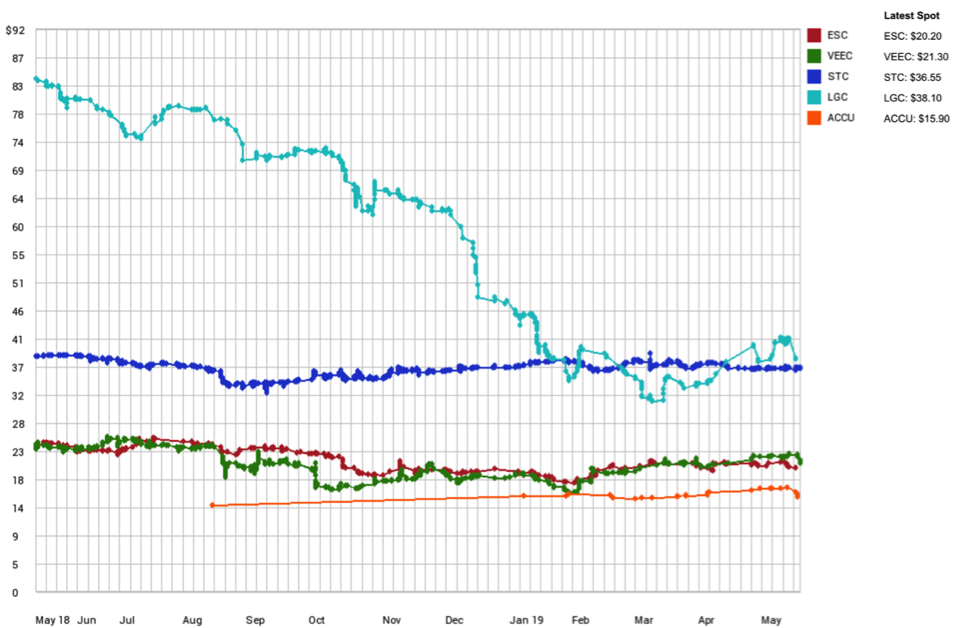 The Minister is also, at least for now, saddled with the white elephant $5 billion Snowy 2 pumped storage facility and may add to this as part of his supply firming policy.
The Minister is also, at least for now, saddled with the white elephant $5 billion Snowy 2 pumped storage facility and may add to this as part of his supply firming policy.
For the wholesale market Taylor is targeting a $70 per MWh price for 2022, which is hardly ambitious, being one third above the level that would prevail if coal had not been demonised and comparable to the baseload futures price. While recognising the fundamental issue is state government opposition to new coal plant and to new gas developments, he has reiterated his intent to address phantom issues of “manipulation of wholesale markets, price gouging in the retail markets and derivatives market”.
Meanwhile, the regulators are confronting the damage to reliability that the displacement of coal has caused. The market operator, AEMO, is calling for new expenditures to offset the deleterious effects on grid reliability caused by household and other small-scale weather-dependent generating facilities and its forecast coming exit of coal plant. Unfortunately, AEMO does not suggest those facilities causing the increased risk to the system should be required to incur the resultant costs. Such an outcome may however be required as a result of reviews the AEMC, the rule-making body.
It may be possible for the policies being promoted to avoid a further reduction in the industry costs. But even then, it must be inevitable that the new cost levels will mean the departure of the energy intensive industries like smelting that were originally attracted to Australia by low cost electricity. And the cost uplift will further challenge the competitiveness of most other industries that transform basic mineral and agricultural resources.
Alan Moran’s latest book is CLIMATE CHANGE: Treaties and policies in the Trump era.
Got something to add? Join the discussion and comment below.
Got something to add? Join the discussion and comment below.
Get 10 issues for just $10
Subscribe to The Spectator Australia today for the next 10 magazine issues, plus full online access, for just $10.


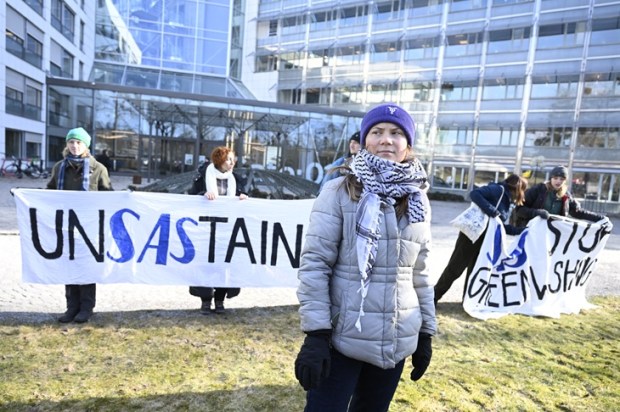
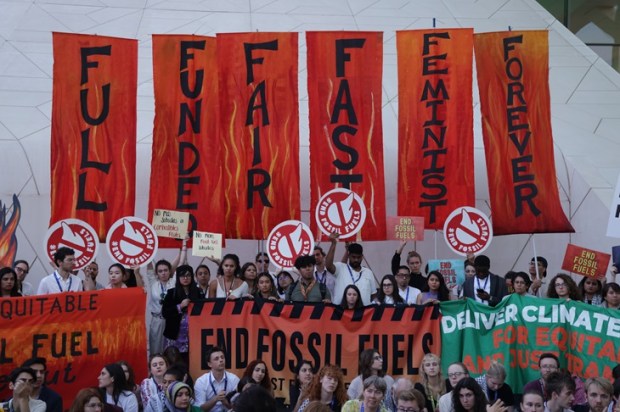
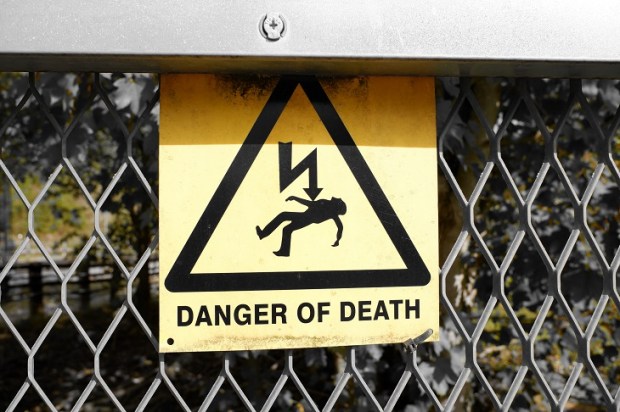
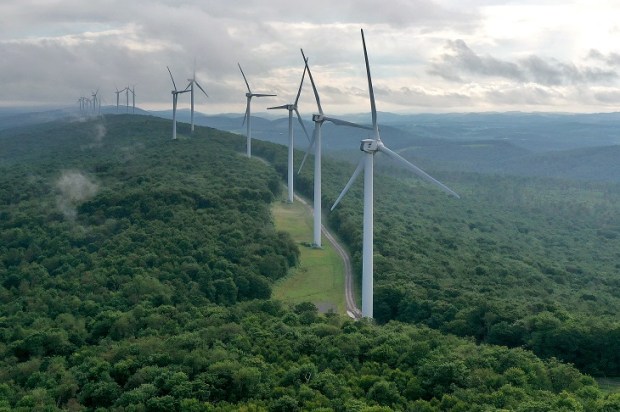
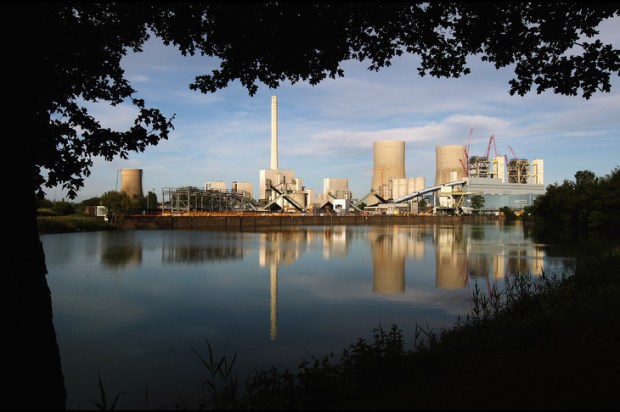
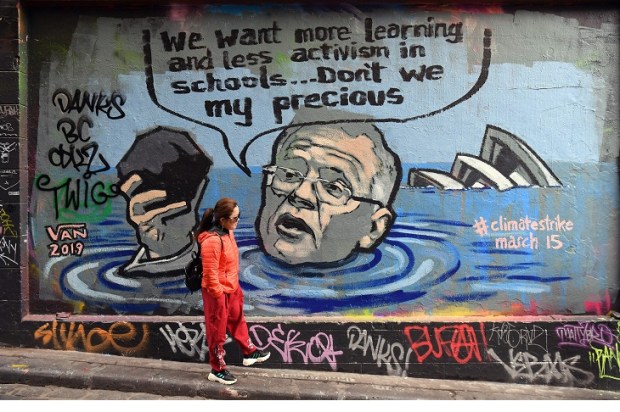


















Comments
Don't miss out
Join the conversation with other Spectator Australia readers. Subscribe to leave a comment.
SUBSCRIBEAlready a subscriber? Log in